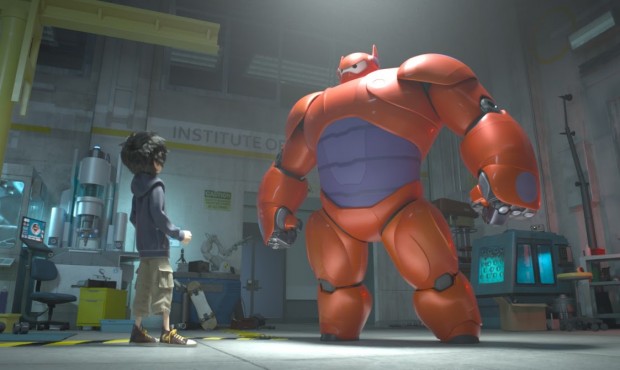Spoilers Ahead
Big Hero Six, Disney and Marvel’s latest animated kids’ adventure film culminates in the robot Baymax sacrificing himself for a human, the protagonist Hiro, a young boy with a gift for robotics.
This sacrifice did not initially move me. In what sense can this robot really be said to be sacrificing his life? As a medical robot, we are reminded again and again throughout the film that he is good precisely because he was programmed to be that. The only time Baymax is evil is when he is given a different program; he is literally unable to choose between good and evil but only follows instructions. As a being that lacks any moral agency, this moment where he gives his “life” to save Hiro fell flat for me.
However, what if my dismissal had been a bit premature? After all, it is Hiro’s older brother Tadashi that programmed Baymax to serve the wellbeing of others completely and totally. Earlier in the film it is Tadashi who gives up his own life to save Professor Callaghan in a burning building. When Hiro tries to stop him, he replies “Someone has to help.” Tadashi understands that sacrifice for our neighbor is a necessary part of life. This desire to serve others is what drove him to make Baymax in the first place.
In some sense, Baymax is really an extension of Tadashi for the remainder of the film. He is selfless, serving a program written by a selfless man. Baymax is like a relic of Tadashi. After Tadashi is dead, this relic continues to affect the world around him. With relics, the grace shining through the saint continues in the remains and objects touched by him or her. Baymax, as he continues to serve others, stands in Tadashi’s stead.
So what I originally thought was another example of our heroes being de-humanized — to the point of being literal objects — was actually a great example of how the lives we lead continue to affect those around us after we are deceased. The saints by grace sanctify everything they encounter and continue to do so in the form of relics afterwards.
No comments yet




